Nursing For Wellness in Older Adults 6th Edition by CarolMiller -Test Bank
The nurse is explaining to a new colleague the similarities and differences between gerontology and geriatrics. Which of the following situations would most likely be addressed by a geriatrician rather than a gerontologist?
A)
Teaching older adults techniques to identify and deal with age-related changes
B)
Organizing and leading exercise classes to facilitate mobility
C)
Identifying and treating a patient’s vascular dementia
D)
Rearranging an older adult’s apartment to minimize the risk of falls
|
2. |
The nurse works with a program that performs interviews, blood work, and digital rectal exams aimed at identifying older men with benign prostatic hyperplasia (BPH). The program also facilitates bathroom alterations in older adults’ homes to ensure men with BPH have easy access to a toilet. Which of the following components of health promotion has yet to be implemented in the program? |
|
A) |
Screening |
|
B) |
Risk assessment |
|
C) |
Environmental modification |
|
D) |
Risk reduction interventions |
|
3. |
The nurse is teaching nursing students about the importance of health promotion among older adults. Which of the following statements by the students indicates a need for further teaching? |
|
A) |
“Teaching older adults how to live with diabetes would be a useful health promotion initiative.” |
|
B) |
“I can see why we would want to promote timely discharge back to the community following hospitalization.” |
|
C) |
“I think that attending to spiritual growth could likely be a part of health promotion.” |
|
D) |
“If we could promote healthy, simple diets, then some diseases could likely be prevented.” |
|
4. |
Which of the following interventions most closely aligns with the practices of health promotion? |
|
A) |
Leading a flexibility and mobility class among older adults |
|
B) |
Providing presurgical teaching to an older adult prior to hip replacement |
|
C) |
Administering an anti-inflammatory and analgesics to an older adult with osteoarthritis |
|
D) |
Teaching an older adult how to administer her inhaled bronchodilators independently |
|
5. |
Which of the following circumstances would be most likely to render a screening program unnecessary? |
|
A) |
Treatment of the disease is available at low cost. |
|
B) |
The disease follows a predictable course. |
|
C) |
The disease is more common among older adults than among younger and middle-aged adults. |
|
D) |
The symptoms of the disease appear at the same time that it is detectable by screening. |
|
6. |
A nurse who works with older adults is teaching a colleague about the similarities and differences between gerontology and geriatrics. Which of the following questions best conveys the focus of gerontology? |
|
A) |
“How can we secure more funding for research and development of drugs specifically for older adults?” |
|
B) |
“How can we teach older adults about the relationship between their lifestyle and their health?” |
|
C) |
“How can we help older adults maintain wellness as they age?” |
|
D) |
“How can we reduce the incidence of falls among older adults who live in care facilities?” |
|
7. |
Despite the fact that older adults are proportionately the highest users of health care services, many nurses harbor misconceptions and deficits in practice related to gerontological nursing. What is the most likely solution to this problem? |
|
A) |
A shift from the treatment of older adults in institutional settings to home care |
|
B) |
Increased nursing education and clinical experience specific to working with older adults |
|
C) |
A focus on early discharge planning for older adults in hospital settings |
|
D) |
Increased use of aggressive pharmacological interventions in the treatment of acute illnesses in older adults |
|
8. |
Mr. Dey is a 69-year-old man who has been a cigarette smoker since his late teens. In recent weeks, he has asked the nurse who helps manage his diabetes numerous questions about the potential benefits of quitting smoking, a subject that he has normally avoided in past interactions. The nurse has now explicitly asked Mr. Dey if he would like to quit smoking, to which he has replied that he will “give it some serious thought.” Mr. Dey is demonstrating what stage of the transtheoretical model (TTM)? |
|
A) |
Precontemplation |
|
B) |
Preparation |
|
C) |
Contemplation |
|
D) |
Action |
|
9. |
A gerontological nurse who works in a public health setting has limited funding for initiatives. Which of the following prevention and health promotion initiatives is most likely to result in significant benefits for the older adults who participate? |
|
A) |
A awareness program that promotes screening sigmoidoscopy |
|
B) |
Teaching older adults about falls prevention in the home |
|
C) |
A program of bone density screening for older adults |
|
D) |
An exercise program for older adults who live in the community |
|
10. |
A group of community health nurses is using the transtheoretical model (TTM) as the foundation of a new health promotion campaign for older adults. What goal for the participants are the nurses likely to promote when working with older adults in the program? |
|
A) |
A recognition of the importance of screening for common health problems |
|
B) |
Increased participation in exercise programs and an awareness of the relationship between exercise and wellness |
|
C) |
The replacement of participants’ unhealthy behaviors with healthy behaviors |
|
D) |
An awareness of the differences between life expectancy and active life expectancy |

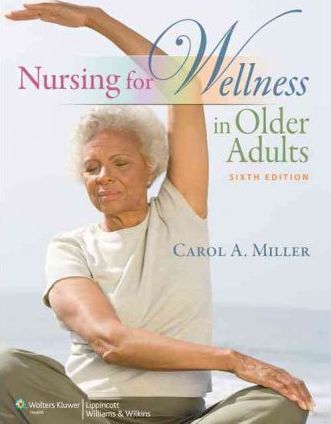
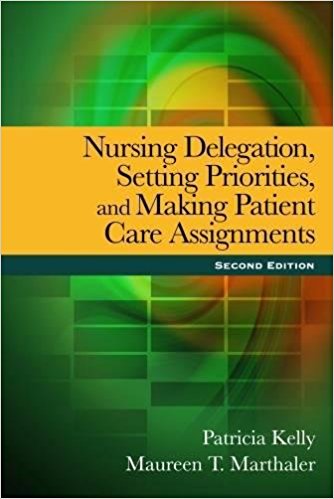
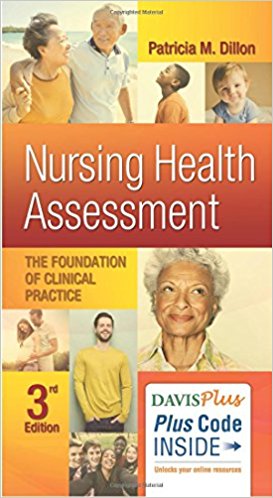


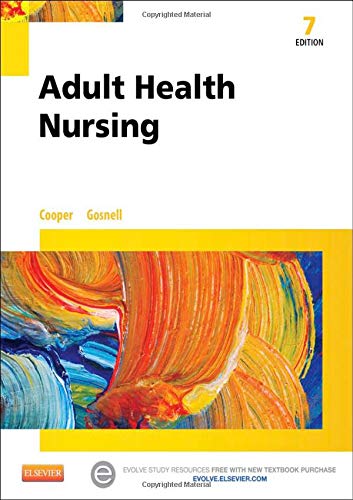
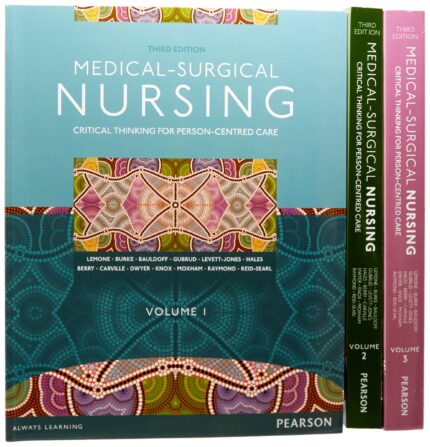

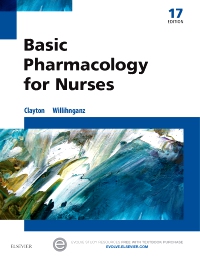



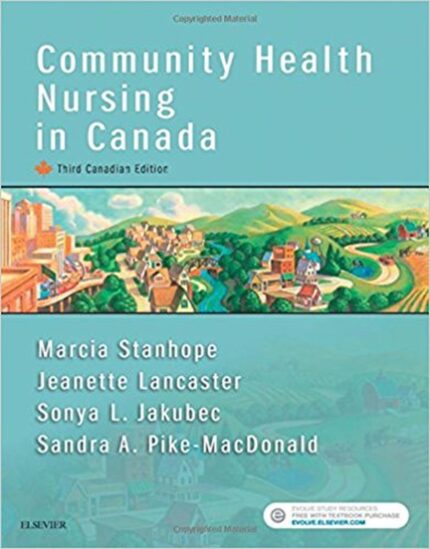
Reviews
There are no reviews yet.